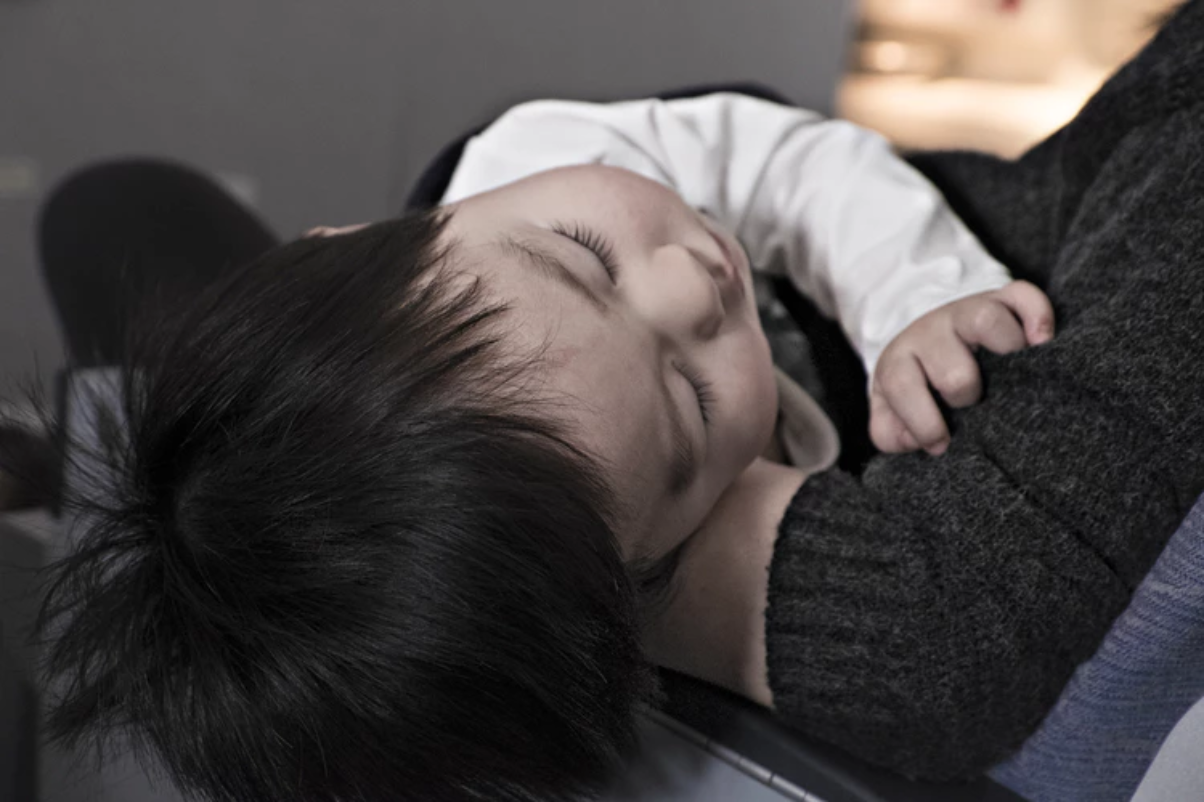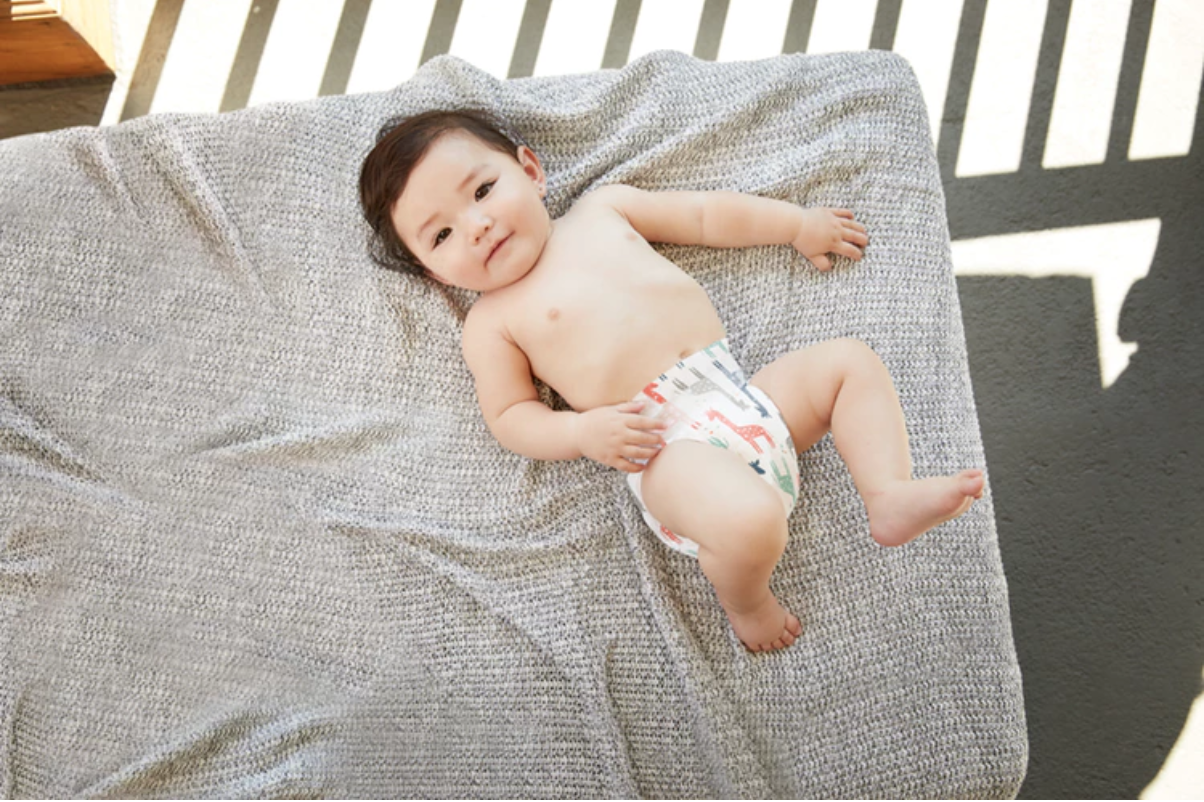 Source: Unsplash
Source: Unsplash
While our mothers sang lullabies to make us fall asleep, today, modern moms read books and tutorials on how to efficiently put their child to sleep with the help of contemporary gadgets. Sleep training is essential, not only for the baby but for parents too, because as soon as the baby gets into the routine, the parents will get some of their sleep time back.
Babies will spend the majority of their first years sleeping, but that does not mean that they do not need sleep training. Some babies will quickly adapt to the schedule you determine, while others will need more time and probably tears to reach that optimal sleep schedule. Sleep training is basically a process of learning your baby how and when to fall asleep, and it is recommended to start with it when the baby is between 4 and 6 months old.
The traditional method used from the beginning of the time is still quite popular, but it seems that new moms cannot resist trying anything that will ease their baby sleep training. However, since one of the devices was connected to the death of over 30 babies, the question is, can we really rely on electronic devices and gadgets to take care of our babies? Hence, we decided to focus on the approaches that are more traditional and do not include the help of gadgets.
The Notorious Cry It Out Method
This is probably the most popular way of sleep training and the most controversial one. While ones swear on it, the other ones claim that it is too cruel or that they cannot handle it. Those who support it say that crying is a normal thing and that there is no reason to reach for the baby. However, if the baby is crying too long, you can enter the room to briefly comfort your child, without taking the baby in your arms.
 Source: Pexels
Source: Pexels
The pediatrician Richard Ferber, from the Children’s Hospital in Boston, is responsible for the idea and popularity of this technique. According to him, babies will be able to fall asleep on their own only when they learn how to soothe themselves. So, no nursing, rocking or carrying is not allowed. Once the baby learns how to self-soothe when falling asleep, the baby will be able to do that during the night and continue sleeping. Crying is an inevitable part of the learning process; some babies will cry for two nights; others may cry for two weeks. But in the long run, this will help them to sleep better as well as their parents.
How does this work? You will put your baby into the crib, and leave the room; you can come back in a minute to show your baby that you are still there. You can repeat this while staying out a little bit longer every time. If the baby is crying, you should not reach for it. Repeat this method for several nights, and stay outside of the room a few minutes longer every day, increasing the amount of time the baby will have to spend alone. After only three or four nights, you should notice the results, if not, wait for a few weeks and try again.
The Fading Approach
This is a milder version of sleep training, and it implies that the parents will gradually diminish their role in the baby’s bedtime routine. Usually, parents tend to stay around their child until they are sure that the baby is sleeping tightly.
 Source: Unsplash
Source: Unsplash
You can start by gradually moving your chair away from the crib until one night you leave the baby alone. Another way of doing this is to leave the room, and then come back every five minutes, but in this approach, it is allowed to take the baby in your arms. You can keep coming back until the baby falls asleep.
By following one of these two options, you will give the baby enough time to figure out how to fall asleep, but with fewer tears and more physical contact and nurturing.
The No Tears Method
And this is the slowest one, but also the approach which does not require from you to restrain yourself from soothing a crying baby. So if you do not want to leave your child to cry alone, you will be all-in for this no-cry sleep solution.
 Source: Unsplash
Source: Unsplash
There are numerous steps and different ways in which you can achieve this; most of them include creating a cozy and safe sleep environment, comforting sleep routine, and continuously repeating it every night. From there, this approach has multiple variations, and each one of them has even its own book. For example, you can come back when the baby starts crying, as you want, because this approach allows parents to create a routine based on their preferences, so in a way, every case or no tears sleep training is unique.
When the baby suddenly starts crying in the middle of the night, there is not a thing that a parent would not try in order to calm down and put his child back to sleep. But if you want to learn your child how to do it without your help, it will mean a lot for the child’s sleep habits as it gets older, and it will also give you more time to rest.
 Author Bio:
Author Bio:
Selena Thomas is a content writer who loves sharing tips on healthy lifestyles. A writer by day and a reader by night, she’s fond of writing articles that can help people in improving both physical and mental health. Also, she loves traveling and inspires people on her blogs




















